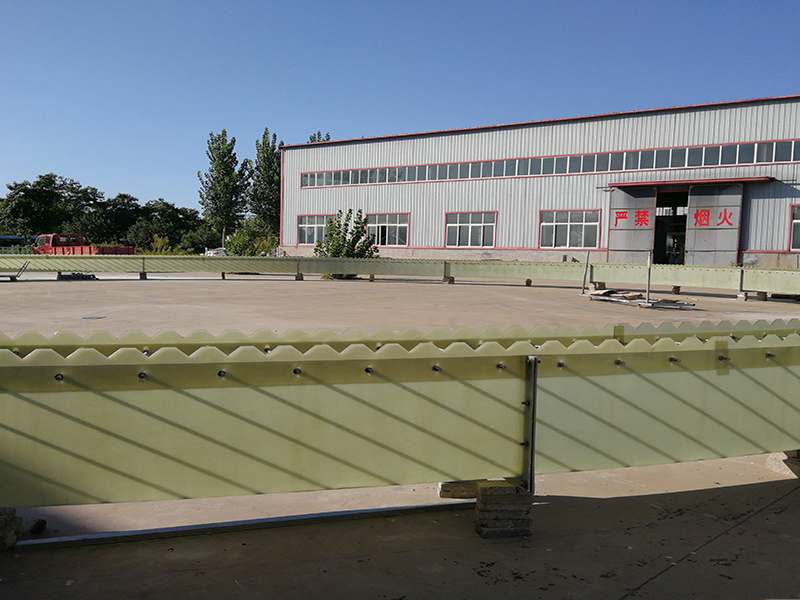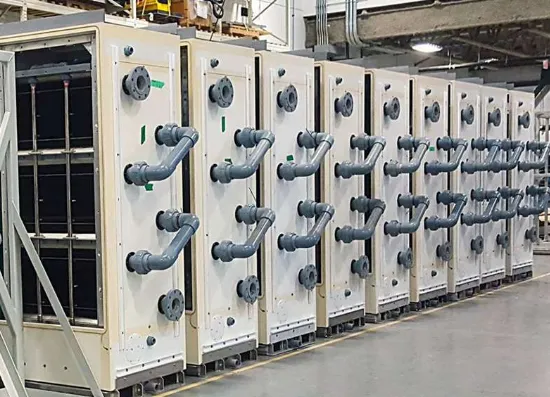
-
 Afrikaans
Afrikaans -
 Albanian
Albanian -
 Amharic
Amharic -
 Arabic
Arabic -
 Armenian
Armenian -
 Azerbaijani
Azerbaijani -
 Basque
Basque -
 Belarusian
Belarusian -
 Bengali
Bengali -
 Bosnian
Bosnian -
 Bulgarian
Bulgarian -
 Catalan
Catalan -
 Cebuano
Cebuano -
 China
China -
 China (Taiwan)
China (Taiwan) -
 Corsican
Corsican -
 Croatian
Croatian -
 Czech
Czech -
 Danish
Danish -
 Dutch
Dutch -
 English
English -
 Esperanto
Esperanto -
 Estonian
Estonian -
 Finnish
Finnish -
 French
French -
 Frisian
Frisian -
 Galician
Galician -
 Georgian
Georgian -
 German
German -
 Greek
Greek -
 Gujarati
Gujarati -
 Haitian Creole
Haitian Creole -
 hausa
hausa -
 hawaiian
hawaiian -
 Hebrew
Hebrew -
 Hindi
Hindi -
 Miao
Miao -
 Hungarian
Hungarian -
 Icelandic
Icelandic -
 igbo
igbo -
 Indonesian
Indonesian -
 irish
irish -
 Italian
Italian -
 Japanese
Japanese -
 Javanese
Javanese -
 Kannada
Kannada -
 kazakh
kazakh -
 Khmer
Khmer -
 Rwandese
Rwandese -
 Korean
Korean -
 Kurdish
Kurdish -
 Kyrgyz
Kyrgyz -
 Lao
Lao -
 Latin
Latin -
 Latvian
Latvian -
 Lithuanian
Lithuanian -
 Luxembourgish
Luxembourgish -
 Macedonian
Macedonian -
 Malgashi
Malgashi -
 Malay
Malay -
 Malayalam
Malayalam -
 Maltese
Maltese -
 Maori
Maori -
 Marathi
Marathi -
 Mongolian
Mongolian -
 Myanmar
Myanmar -
 Nepali
Nepali -
 Norwegian
Norwegian -
 Norwegian
Norwegian -
 Occitan
Occitan -
 Pashto
Pashto -
 Persian
Persian -
 Polish
Polish -
 Portuguese
Portuguese -
 Punjabi
Punjabi -
 Romanian
Romanian -
 Russian
Russian -
 Samoan
Samoan -
 Scottish Gaelic
Scottish Gaelic -
 Serbian
Serbian -
 Sesotho
Sesotho -
 Shona
Shona -
 Sindhi
Sindhi -
 Sinhala
Sinhala -
 Slovak
Slovak -
 Slovenian
Slovenian -
 Somali
Somali -
 Spanish
Spanish -
 Sundanese
Sundanese -
 Swahili
Swahili -
 Swedish
Swedish -
 Tagalog
Tagalog -
 Tajik
Tajik -
 Tamil
Tamil -
 Tatar
Tatar -
 Telugu
Telugu -
 Thai
Thai -
 Turkish
Turkish -
 Turkmen
Turkmen -
 Ukrainian
Ukrainian -
 Urdu
Urdu -
 Uighur
Uighur -
 Uzbek
Uzbek -
 Vietnamese
Vietnamese -
 Welsh
Welsh -
 Bantu
Bantu -
 Yiddish
Yiddish -
 Yoruba
Yoruba -
 Zulu
Zulu
Feb . 13, 2025 19:03
Back to list
Mandrels and Molds
The FRP (Fiberglass Reinforced Plastic) transport tank has revolutionized the transportation and storage industries through its superior qualities and versatility. A pioneer in composite material applications, the FRP transport tank provides unparalleled strength, durability, and corrosion resistance, making it a product worthy of attention for businesses in various sectors, including chemical, agricultural, and energy industries. This article delves into why FRP transport tanks stand out and how they ensure efficient handling of materials, emphasizing experience, expertise, authoritativeness, and trustworthiness.
Trustworthiness in FRP transport tanks is rooted in field testing and historical performance rather than marketing hype. Numerous case studies from established industries showcase the tanks’ reliability and cost efficiency over extended periods of use. Real-world applications provide compelling narratives of FRP tanks outperforming their metallic counterparts in terms of lifespan and adaptability. Notably, documented instances where FRP tanks have withstood harsh environmental conditions with ease reinforce trust among users and decision-makers contemplating a material switch for their storage and transport needs. Significant investment in research and development in the composition and manufacturing processes of FRP tanks fortifies their standing in the industry. This continuous improvement path reflects the commitment to meeting evolving industry demands, a salient feature that resonates with progressive companies looking to future-proof their operations. The advanced technology used in producing FRP tanks ensures that they continue to encompass cutting-edge developments in composite materials, thus maintaining their competitive edge in efficiency and safety. Furthermore, the sustainability aspect of FRP transport tanks should not be overlooked. With increasing emphasis on greener operations, FRP provides an eco-friendly alternative due to its efficient production process and extended service life. Recyclability of FRP materials contributes to reduced environmental impact, aligning with corporate sustainability goals and compliance with environmental regulations, a critical consideration as global awareness of sustainability intensifies. In conclusion, FRP transport tanks embody the synthesis of innovation, performance, and trust. Their lightweight, durable, and adaptable design caters to various industry requirements, offering a proliferation of benefits over traditional tanks. The authoritative reputation of FRP transport tanks backed by regulatory approval and real-world endorsements buttresses their stature as a dependable asset for modern material transportation needs. With continual advancements in technology and manufacturing, alongside increasing recognition of sustainability practices, FRP transport tanks remain at the forefront of industry transformation, proving indispensable for any organization aiming for operational excellence.


Trustworthiness in FRP transport tanks is rooted in field testing and historical performance rather than marketing hype. Numerous case studies from established industries showcase the tanks’ reliability and cost efficiency over extended periods of use. Real-world applications provide compelling narratives of FRP tanks outperforming their metallic counterparts in terms of lifespan and adaptability. Notably, documented instances where FRP tanks have withstood harsh environmental conditions with ease reinforce trust among users and decision-makers contemplating a material switch for their storage and transport needs. Significant investment in research and development in the composition and manufacturing processes of FRP tanks fortifies their standing in the industry. This continuous improvement path reflects the commitment to meeting evolving industry demands, a salient feature that resonates with progressive companies looking to future-proof their operations. The advanced technology used in producing FRP tanks ensures that they continue to encompass cutting-edge developments in composite materials, thus maintaining their competitive edge in efficiency and safety. Furthermore, the sustainability aspect of FRP transport tanks should not be overlooked. With increasing emphasis on greener operations, FRP provides an eco-friendly alternative due to its efficient production process and extended service life. Recyclability of FRP materials contributes to reduced environmental impact, aligning with corporate sustainability goals and compliance with environmental regulations, a critical consideration as global awareness of sustainability intensifies. In conclusion, FRP transport tanks embody the synthesis of innovation, performance, and trust. Their lightweight, durable, and adaptable design caters to various industry requirements, offering a proliferation of benefits over traditional tanks. The authoritative reputation of FRP transport tanks backed by regulatory approval and real-world endorsements buttresses their stature as a dependable asset for modern material transportation needs. With continual advancements in technology and manufacturing, alongside increasing recognition of sustainability practices, FRP transport tanks remain at the forefront of industry transformation, proving indispensable for any organization aiming for operational excellence.
Related Products









